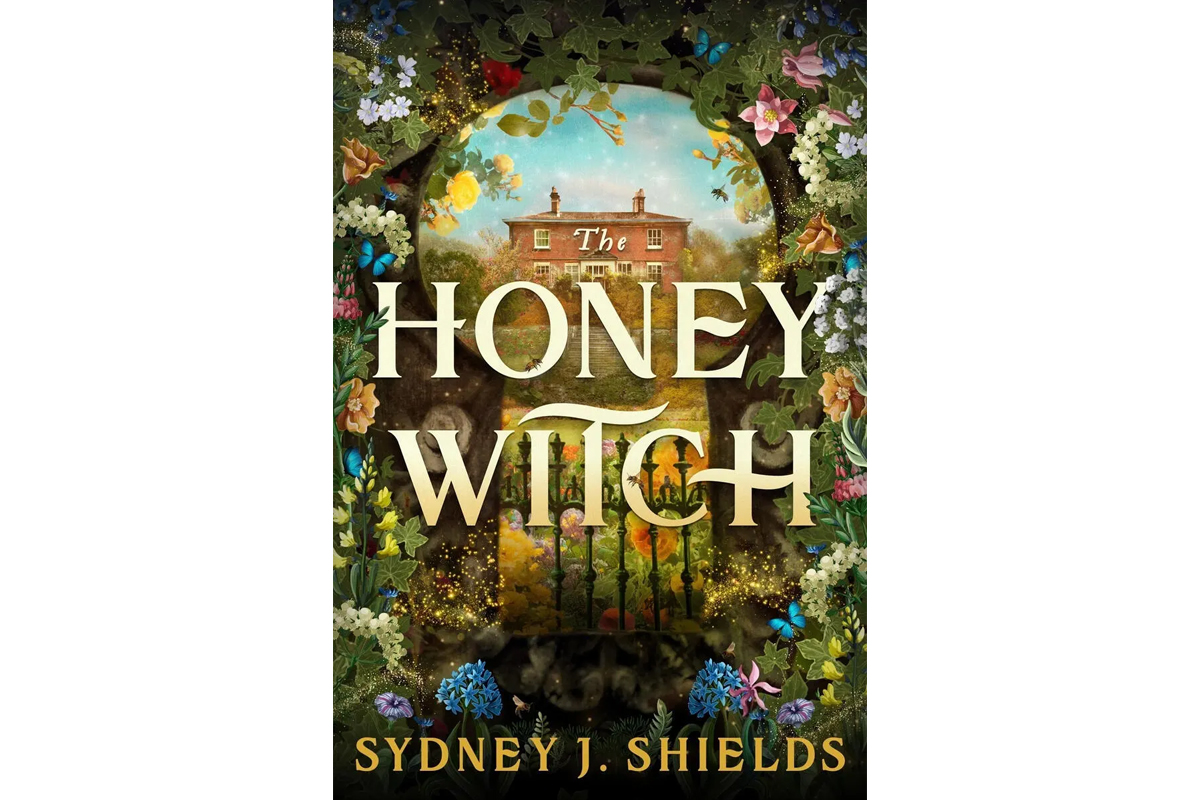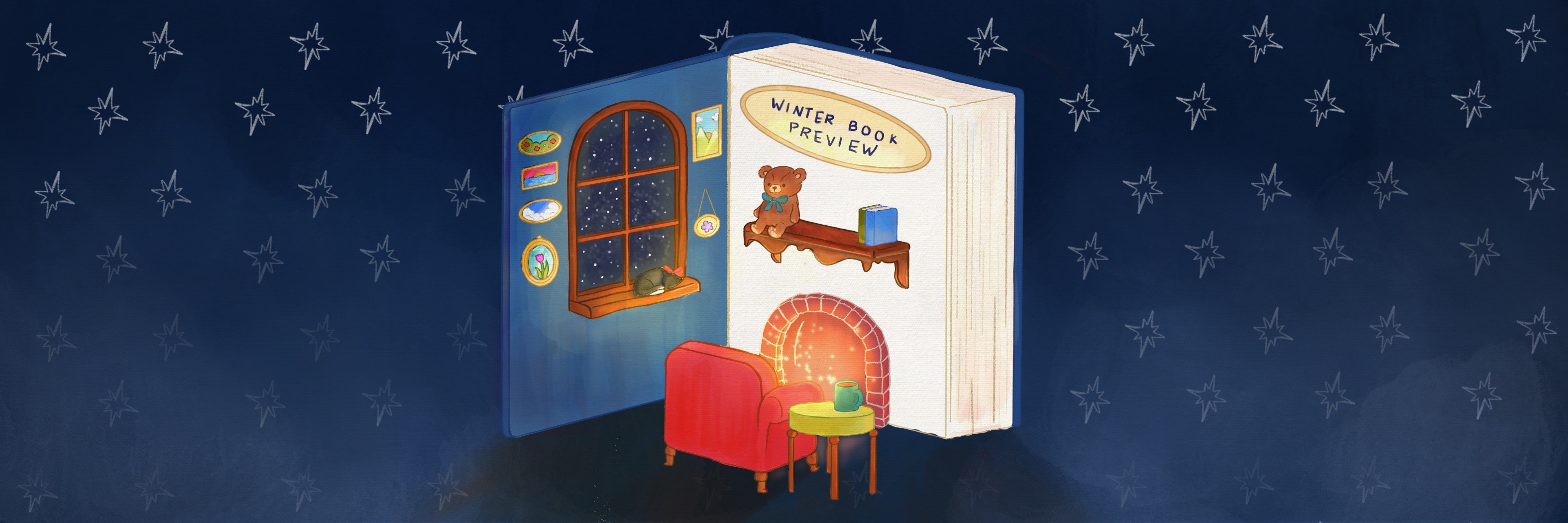Book review: ‘The Honey Witch’ simply but sweetly depicts whimsical romance, enchanting imagery

The cover of “The Honey Witch” is pictured. Sydney J. Shields’ debut novel is a fantasy romance. (Courtesy of Hachette Book Group)
"The Honey Witch"
Sydney J. Shields
May 14
By Kaycie Rippe
May 21, 2024 2:34 p.m.
This post was updated June 7 at 7:55 p.m.
“The Honey Witch” is bound to fill readers’ hearts with golden warmth and help them rise from the ashes.
Sydney J. Shields’ debut novel “The Honey Witch,” a cozy, romantic fantasy filled with enchantment and whimsy, has generated much buzz since its May 14 release. Marketed to lovers of “Bridgerton,” this story offers a steamy “grumpy/sunshine” romance between two women who are forbidden from being together. With a unique magic system, an evil witch and one true love, this book has all the elements to become a classic fairy tale.
[Related: ‘The Narrow Road Between Desires’: Beautifully poetic, disappointingly familiar]
In 19th-century high society, where the citizens of Bardshire are caught up in courting each other, Marigold Claude has been cast out as untalented and undesirable. The one time she opened herself up to love ended in a broken heart, leaving her uninterested in suitors and marriage. When her estranged grandmother tells Marigold she has magical abilities, she chooses to forgo her unsatisfactory life and succeed her grandmother as the Honey Witch, healer and protector of Innisfree. The only catch to this new life: It comes with a curse that keeps anyone from falling in love with her. Marigold originally finds no problem with the hex, but when faced with deep loneliness and the temptation of a beautiful skeptic, she may regret her decision altogether.
This book was created for readers who prefer cozy cottagecore vibes and small, thoughtful moments over an action-packed, meticulous plot. Innisfree is home to an old cat named Cindershine, protective spirits who paint the sky, colonies of bees and thousands of flowers, so although she is lonely, Marigold is never truly alone. Reading each description of the island feels like fully immersing oneself in the “Barbie: Fairytopia” film. Anyone who has wished for a soft life or dreamed of spring picnics will tuck themselves into these pages and never want to leave.
Set in a queer-normative world where tattoos cause more scandal than same-sex marriage, Shields’ novel allows readers to revel in an idyllic dream of blanket acceptance. This depiction may be an inaccurate portrayal of history, but depending on whether or not one believes in magic, the story is not based in reality either. Therefore, if readers can grant the story permission to break the boundaries of realism, they may find that this book heals old and new wounds. Even in a state of imagination, the calm that comes with knowing these characters can love anyone without fear, pain, loss and discrimination is a luxury one may not know they need or have the ability to experience at all.
For a book centered around loneliness, it may be surprising to hear it features a full cast of lovable characters. Marigold’s grandmother, Althea, makes it easy for readers to adore her, as she has devoted her life to protecting and helping the people of Innisfree. From the first moment she steps onto the page, she exudes wisdom and personality while still leaving room for the audience to project their own grandparent onto her. Similarly, Mr. Benny, Aster, Frankie and August carve their way into readers’ hearts because of their unfaltering loyalty and kindness. Nevertheless, the characters can be one-dimensional and very similar to each other. Most notably, once each character finds love, their dialogue slowly blurs together into the same overzealous, lovesick voice.
Although sweet, the dialogue between characters throughout their discoveries of love walks a thin line between evoking childlike wonder and just being plain juvenile. Not only is this a bit unsettling in an adult romance book, but it also makes love overwhelm each character instead of complementing them. This is particularly frustrating in the relationship between Marigold and Lottie, the skeptic. Lottie starts off as very cruel and quick-witted, but instead of slowly softening toward Marigold, all of her walls seem to crash down at the same time. Lottie’s sarcasm and personality are washed out by her new feelings, and she becomes a completely different character who is overrun by declarations of love.
Although there is not extremely detailed world building, Shields’ writing style constructs this tale beautifully. The island, with its gorgeous colors and swarms of bees, grows into a living, breathing place in the reader’s mind. Nevertheless, the description and world building vastly suffer from the rushed pacing of many scenes, especially the inciting incident. Furthermore, Shields has a tendency to hold too tightly onto her reins, overemphasizing points through redundant sentences and blatantly calling out her own foreshadowing. Like children’s books, universal lessons are used often and written out instead of implied. Because of these choices, the reader has less time to connect with the characters and believe relationships are slowly growing when feelings are amplified so early.
On the other hand, some plot points were not explained at all. The whole story is propelled by a threat from the banished ash witch, yet Marigold is taught very little about this witch’s power and how she will fight her if she returns. When the witch finally comes to the island, she is completely one-dimensional, filled with empty hatred and an evil laugh. On top of it all, Marigold still doesn’t know how to fight her and protect Innisfree, which is her entire purpose as the Honey Witch and the reason she came to the island in the first place.
[Related: Book review: V.E. Schwab weaves magic, comfort into ‘The Fragile Threads of Power’]
Despite its flaws, “The Honey Witch” evokes pure glee and sadness while also giving the reader a gorgeous setting to explore. Although the story is predictable, it is reminiscent of fairy tales from a simpler time. This story will draw in its audience with imagery and heal their souls with queer love.
After reading Shields’ novel, even those without a sweet tooth will be left craving honey.


